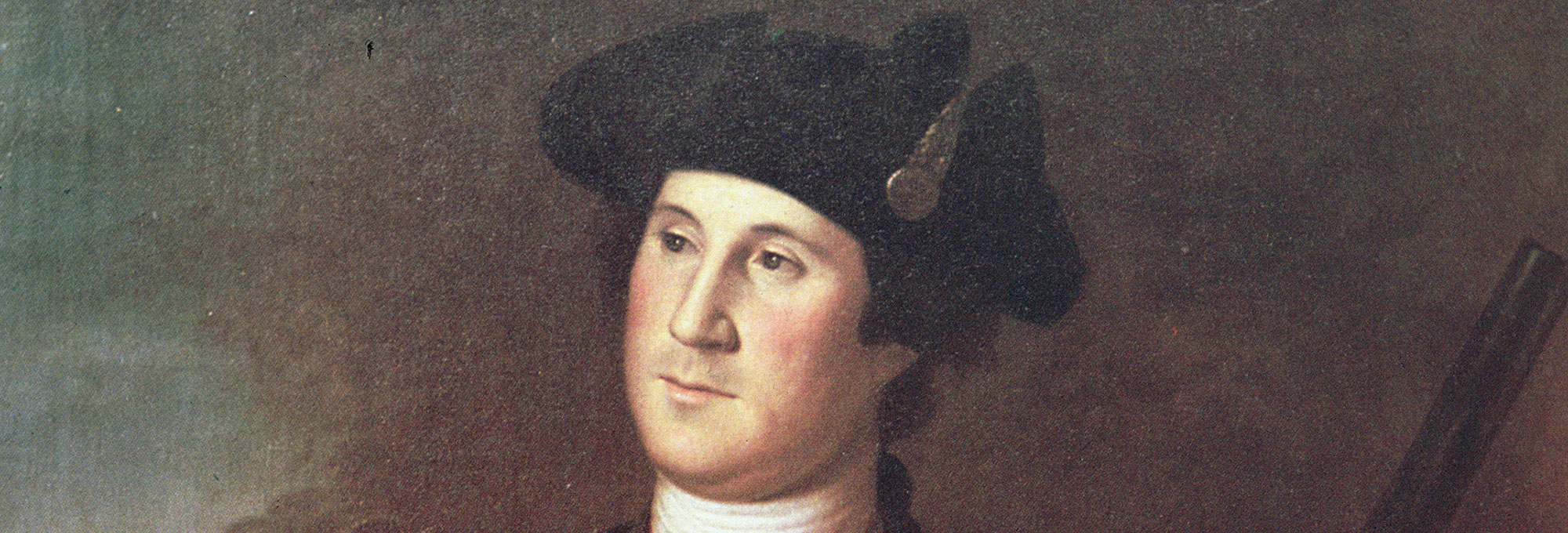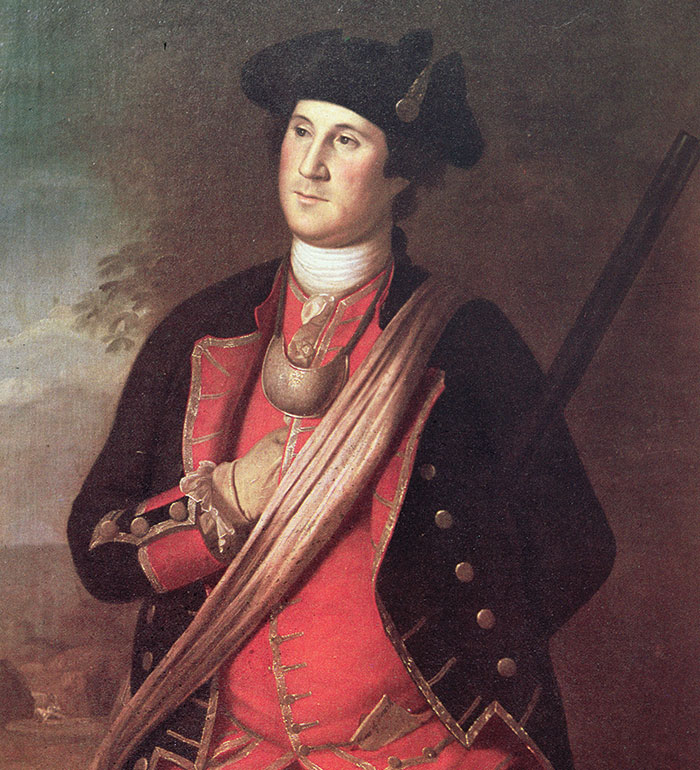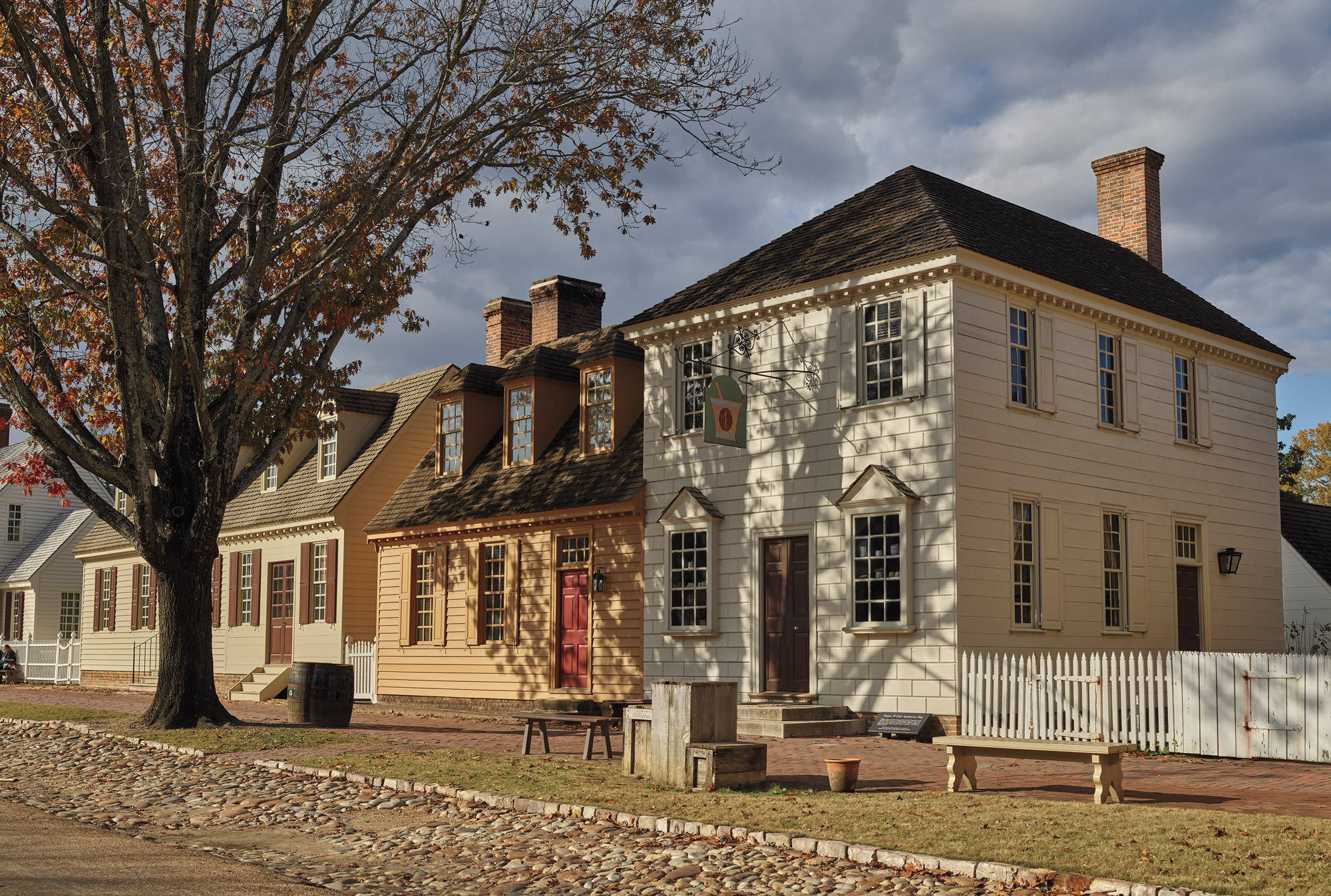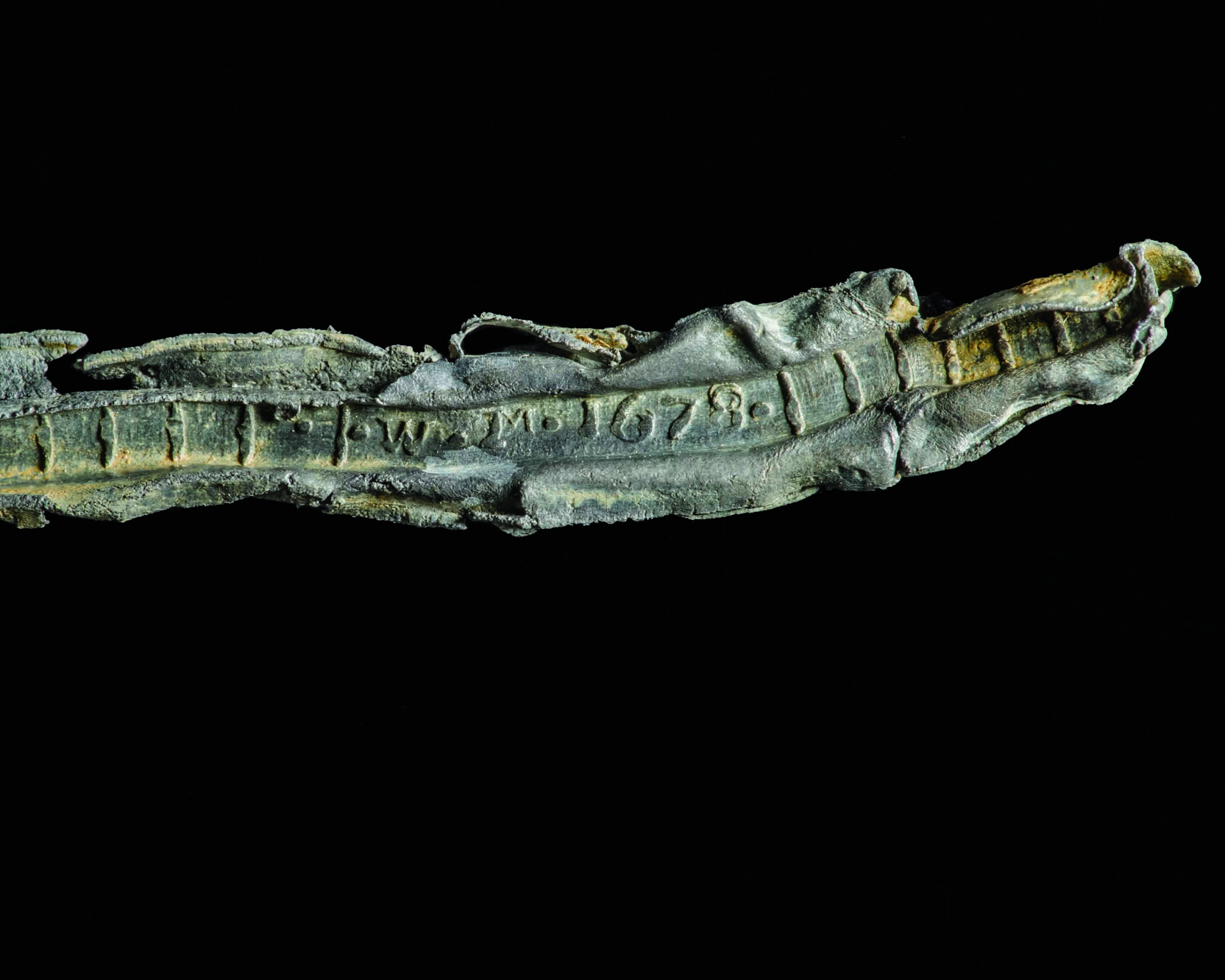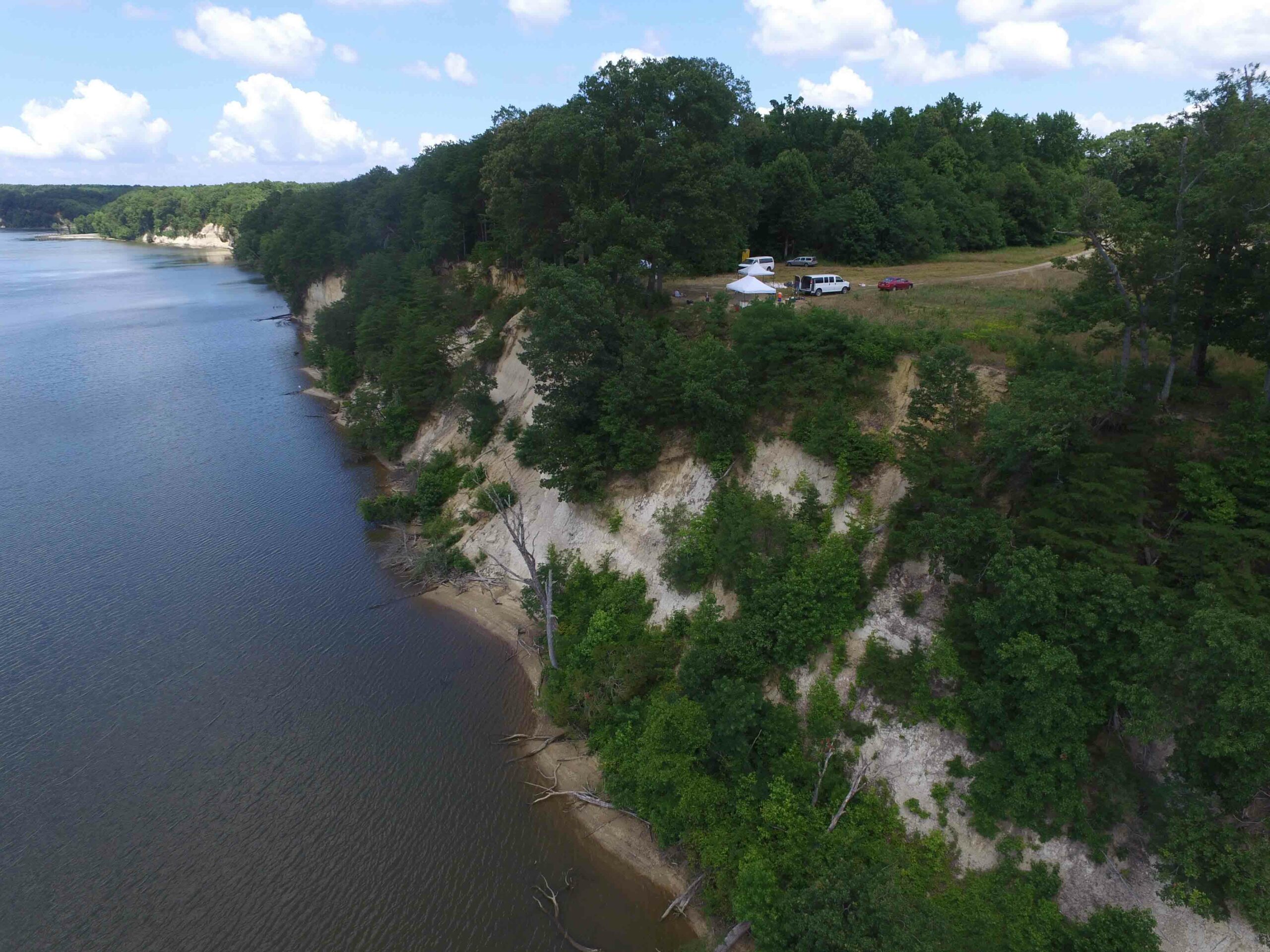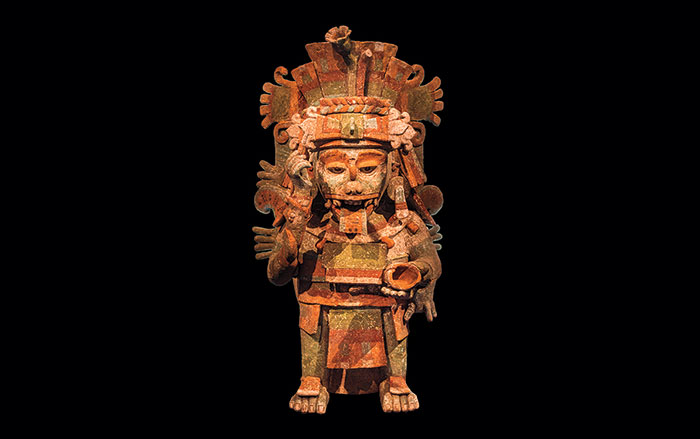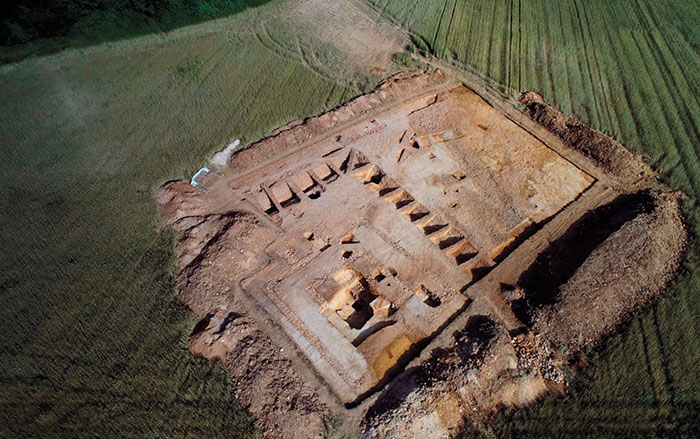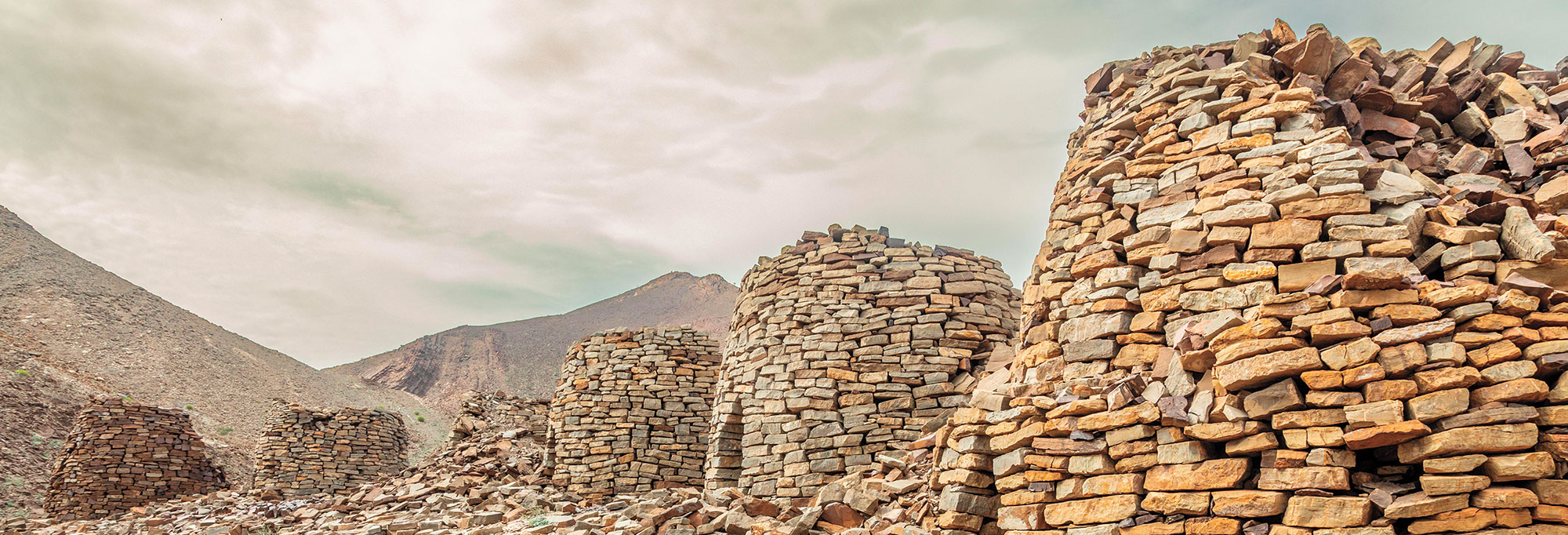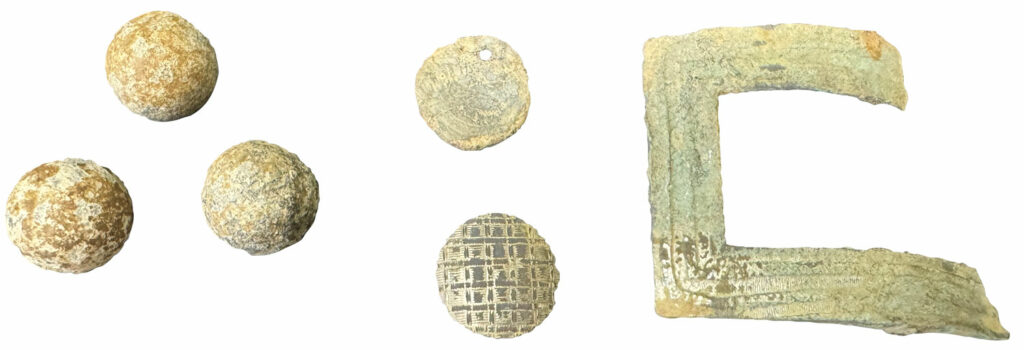
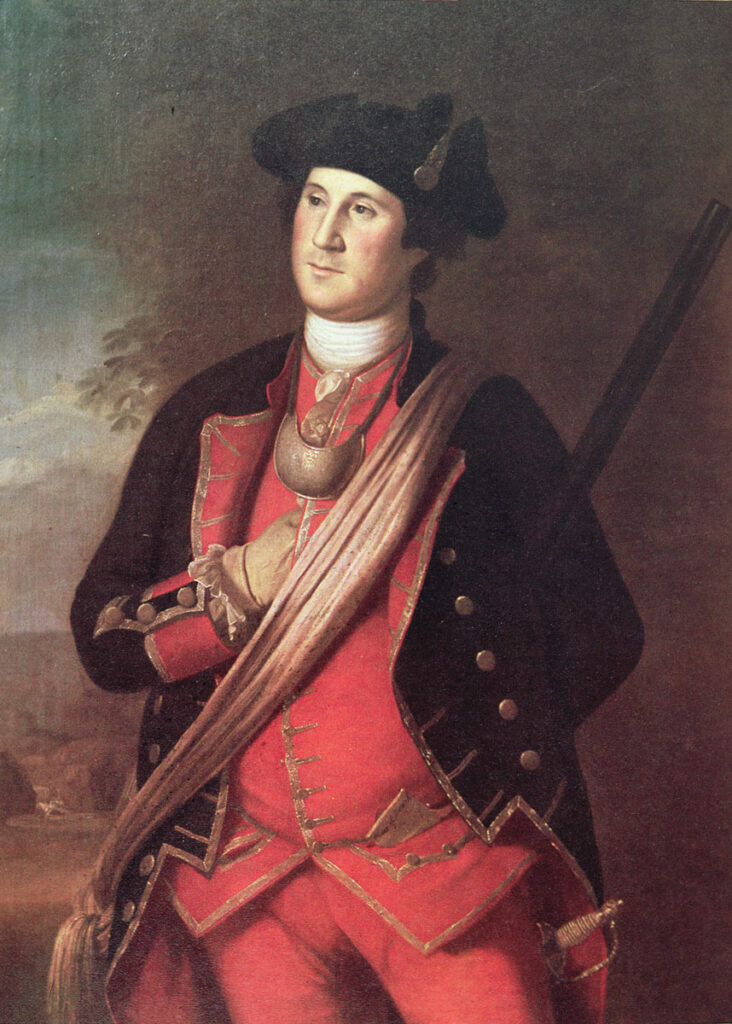
Had the events of November 12, 1758, unfolded differently, they could have forever altered the course of American history. On that day, a 26-year-old George Washington nearly lost his life in a friendly-fire incident during the French and Indian War. (See “Letter from Lake George: Exploring the Great Warpath.”) Fighting for the British, Washington was leading a Virginia militia regiment against a French raiding party in western Pennsylvania when fog and miscommunication resulted in two Virginia battalions firing upon each other. Colonel Washington risked his life by riding out between the groups to shout for a ceasefire, knocking aside muskets with his sword. When the smoke cleared, 14 men had died, and dozens were wounded. The battlefield was lost to history until archaeologists located it near Fort Ligonier. There, the team uncovered hundreds of objects including bullets, buttons, buckles, and even an ornate French watch key. Researchers have used metal detectors, geophysical survey, drone imaging, and mapping software to help reconstruct the day’s events. The incident haunted Washington throughout his later years and he recalled it as the time he came closest to death as a soldier. “This little-known event was the last combat action Washington saw before accepting the role of commander in chief of the Continental Army,” says Juniata College archaeologist Jonathan Burns. “I am sure that it influenced his growth as a military leader.”


